Human Body Unit: Heart and Circulatory System Activities
Our study of the heart and circulatory system started with a listen to our own heartbeats. We measured our heart rates when resting and after walking, running and skipping. Then using a graph put out by Texas heart institute(4th grade curriculum, p. 25, no longer available), we graphed our results.
Heart as a Pump:
We did this experiment: When your heart beats it acts like a tennis ball filled with water. The heart muscle squeezes blood out of its way. Between beats it goes back to its original shape. The human heart creates enough pressure to squirt blood 30 feet. The kids had a tough time actually squeezing the tennis ball, but they got the idea.
Our bodies have 5.6 liters of blood. We measured that out in a big pot:
Circulatory System Activity:
This is how Harold looked before we started. I named him to pique the kids’ interest!
After we drew the lines — arteries and veins — together, I got two tiles. I put the blue tile on top and the red tile on the bottom. I traveled from the heart as a blue tile (with red underneath) to the lungs where I flipped over and became the red sided tile. Then I ‘drove’ my red tile back through the heart and out into the body. I decided to go to the brain to drop of oxygen where I flipped my red tile back to blue. The blue tile traveled along the blue veins back to the heart and then to the lungs.
After we all took a number of turns doing that, we piled blue/red or red/blue tiles all over Harold’s body to show the path of blood.
I searched everywhere for a heart-circulatory activity and never found one… but this activity that somehow jumped into my head turned out to be a HUGE hit in our house!! The kids even spent a long time “teaching” Dad what they had learned!
 |
| Heart and Circulatory Activity |
Blood Activity:
Another day we learned a bit more about blood. We cut open a chicken leg bone (before baking it for lunch) and examined the bone marrow. We had read in one of our books that bone marrow is where blood cells are formed. We took a close look at the bone marrow, poked and prodded.
Then we “made” our own blood. The types of cells made in bone marrow include red cells, white cells and platelets. We talked again about the basic function of these cells.
- the fluid is called plasma (corn syrup)
- red cells carry the oxygen (red jelly beans)
- white cells fight infection (white jelly beans)
- platelets help to clot and form scabs (rice)
The Wrinkled Heart Activity: And now on a related, but different note… today I decided to address the heart in the emotional sense too. I found this wonderful idea at ProTeacher. It is an activity about the things people say that can be hurtful and the things people say that can be kind. Before I read Chrysanthemum to the kids (since that’s the book I had on hand), I cut out a heart. Then after we read the book we talked about the things the mice said that were hurtful (and I made folds in the heart) and things we’ve said to each other that have been hurtful (more folds) and things that they’ve heard others say that might be hurtful (more folds). Then we talked about things we say that are kind (unfold). We said as many kind things as we could until the heart was unfolded. Then we talked about how the heart was still wrinkled and how the hurtful things we hear can linger for a while in our heart. We hung our wrinkled heart in the homeschool room as a reminder to be kind to one another. What a lovely idea, don’t you think?
- Creating a Homeschool Science Curriculum (Elementary): Science topics to cover, choosing and preparing for units and more.
- Human Body Systems:
- Human Body Unit: Heart and Circulatory System Activities
- Human Body Unit: The Human Hand
- Human Body Unit: The Brain
- Human Body Egg-speriment: Protect that Brain!
- Human Body: Skeletal System
- Meet Vertebrae Man: Our Hands on Study of the Backbone and Nervous System
- Digestive System: It All Starts in the Mouth: Another free download pack about the mouth/teeth — and various hands-on activities.
- Choking, An Important Lesson for the Kids – A lesson about swallowing, the epiglottis and performing abdominal thrusts. Make your own (moveable) epiglottis with the printout to show how food is prevented from entering the windpipe:
- Digestive System: Hands-on Activities — Esophagus, Stomach and Small Intestines — 4 or 5 activities we did to see how the muscles of the throat worked, how nutrients pass through the small intestines… we even made fake vomit (uck!)
- Hands-On Activity: How Long is the Digestive Tract? The kids loved this… it went half-way up our driveway!
- Digestive System Packet — includes the printable for “how long is the digestive tract” and the functions of the digestive system parts and organs.
Check out our other science units and freebies:
Simple Machines: Lots of hands on activities
See you again soon here or over at our Homeschool Den Facebook Page! Don’t forget to Subscribe to our Homeschool Den Newsletter. You might also want to check out some of our resources pages above (such as our Science, Language Arts, or History Units Resource Pages) which have links to dozens of posts. You might want to join our free Homeschool Den Chat Facebook group. Don’t forget to check out Our Store as well.
I’ve chosen not to use pop-up boxes at this point, but you can click here to Subscribe to our Homeschool Den Newsletter! You’ll hear when we have new posts, packets and other homeschool-related news! ?
~Liesl



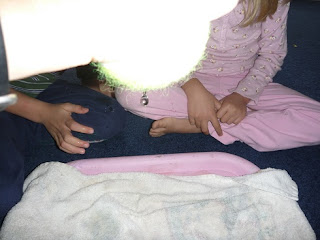


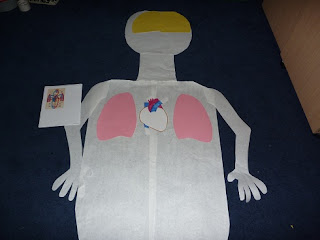







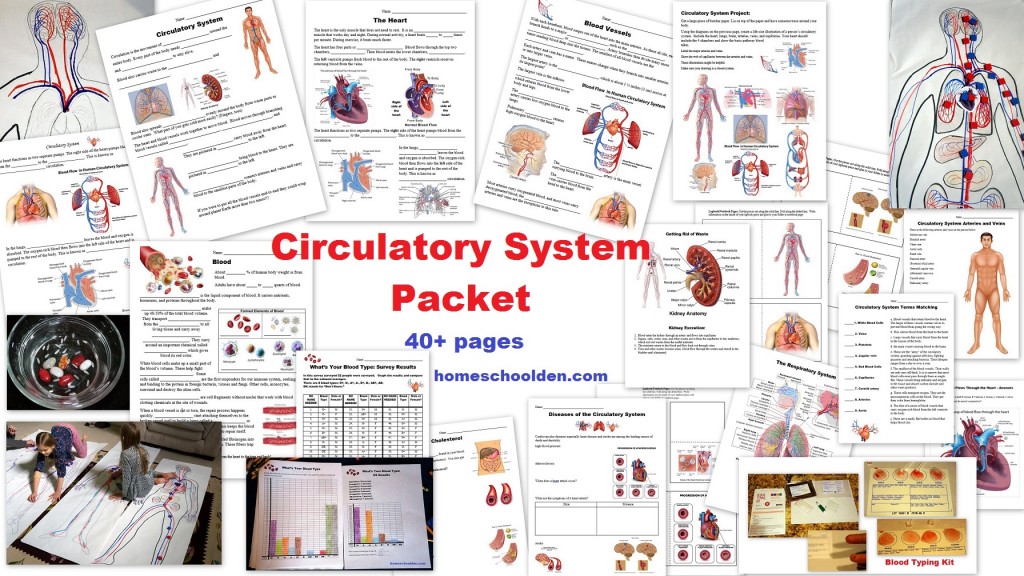




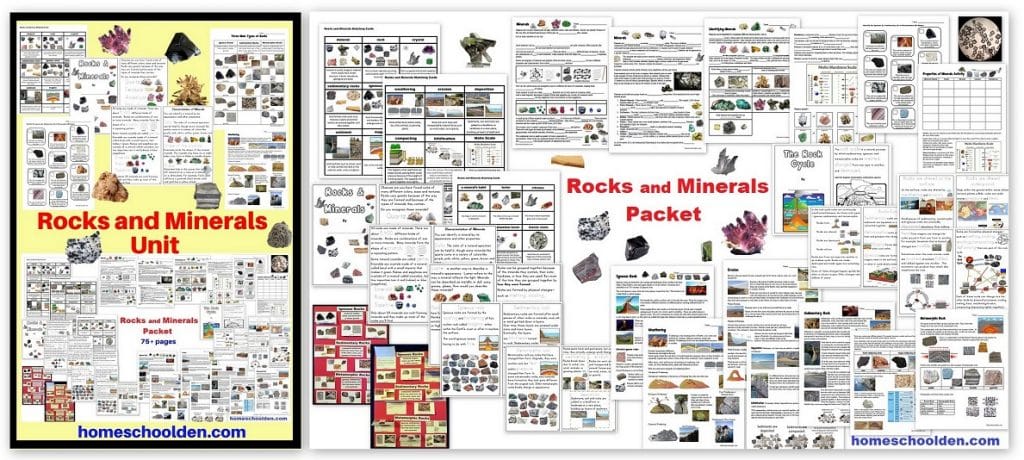

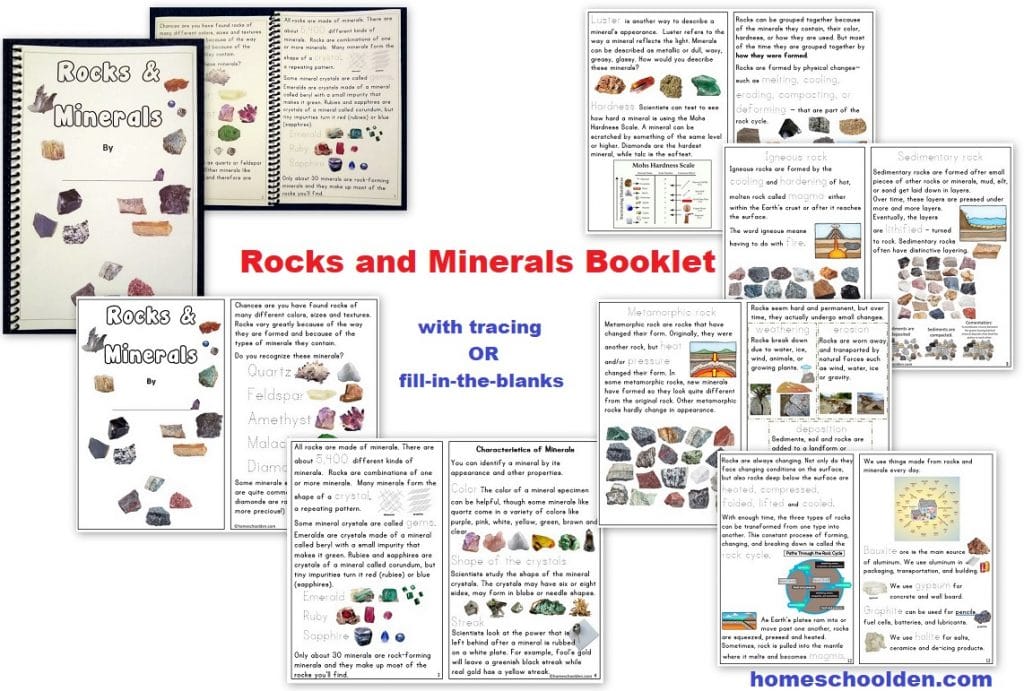
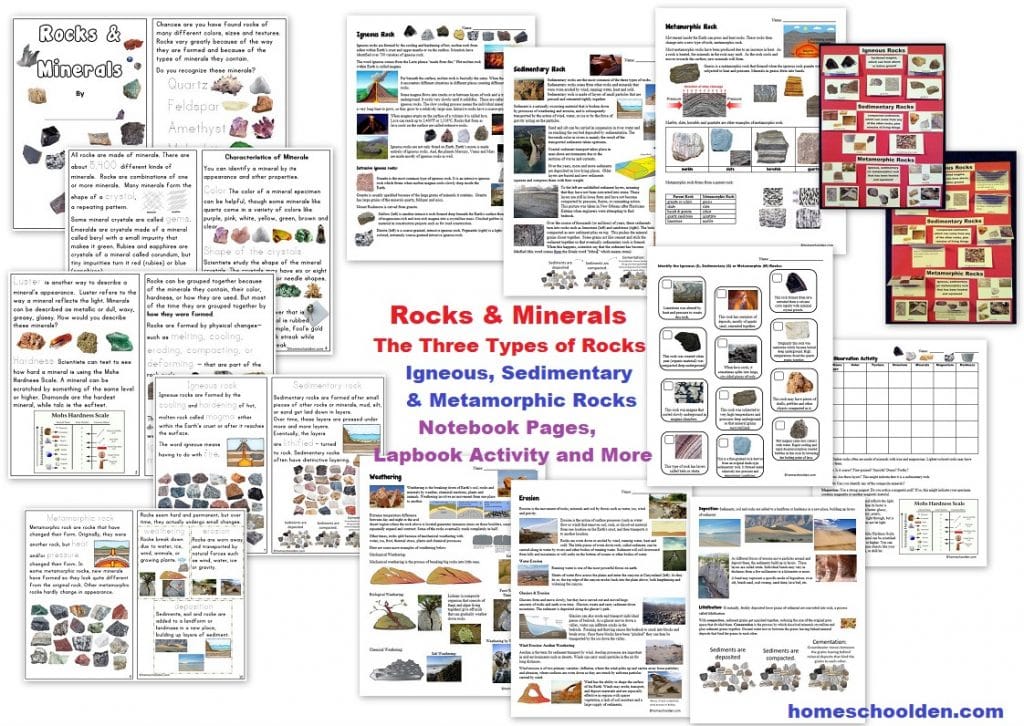




























































AWESOME! I am sooo doing this with my son! You have some of the best ideas… thanks for inspiring me!
AWESOME! I am sooo doing this with my son! You have some of the best ideas… thanks for inspiring me!
Wow, this is so interesting! I'm bookmarking this for the time when we come to study the human body. Thanks for sharing!
Wow, this is so interesting! I'm bookmarking this for the time when we come to study the human body. Thanks for sharing!
Doing the same, bookmarking that activity!I love when dad comes home and my baby shows everything he learned to him. Precious moments..Never heard about A Wrinkled Heart activity! Very interesting way of teaching.You did great lesson! Two thumbs up!!!Martaxoxo from Hawaii
Doing the same, bookmarking that activity!I love when dad comes home and my baby shows everything he learned to him. Precious moments..Never heard about A Wrinkled Heart activity! Very interesting way of teaching.You did great lesson! Two thumbs up!!!Martaxoxo from Hawaii
i love how hands-on this is. Great lessons!
i love how hands-on this is. Great lessons!
Wow very comprehensive! You must have done lots of prep work!
Wow very comprehensive! You must have done lots of prep work!
Liesl, I am in love with the heart idea, fabulous 🙂
Liesl, I am in love with the heart idea, fabulous 🙂
You amaze me!
You amaze me!
I love the wrinkled heart activity. We are studying the human body as well. My oldest daughter did a similar activity years ago when she was still in public school. I think this activity would resonate with my girls. Thanks for sharing! The unit looks excellent!
I love the wrinkled heart activity. We are studying the human body as well. My oldest daughter did a similar activity years ago when she was still in public school. I think this activity would resonate with my girls. Thanks for sharing! The unit looks excellent!
What a great way to study the heart and circulatory system! I LOVE your activities! I featured your post and photo in my Montessori-Inspired Heart and Circulatory System post at http://livingmontessorinow.com/2012/02/06/montessori-monday-montessori-inspired-heart-and-circulatory-system-activities/
What a great way to study the heart and circulatory system! I LOVE your activities! I featured your post and photo in my Montessori-Inspired Heart and Circulatory System post at http://livingmontessorinow.com/2012/02/06/montessori-monday-montessori-inspired-heart-and-circulatory-system-activities/
Love the big body drawn to shown the blood flow from the heart and back. Think I'll use this idea during our health theme. Thanks.
Love the big body drawn to shown the blood flow from the heart and back. Think I'll use this idea during our health theme. Thanks.
these have been an invaluable resource for students in my mainstream class with language and learning disorders. Hope the circulatory system is out soon. Many Thanks
Thanks Gail! We wound up spending so much time on Cells, then the body systems (cells, tissues, organs, systems) that all we got to was the Skeletal System this spring. The circulatory system packet is 3/4 finished and I hope to get that done this summer (it’s on the “to do” list). That’s my hope at least!! 🙂 ~Liesl